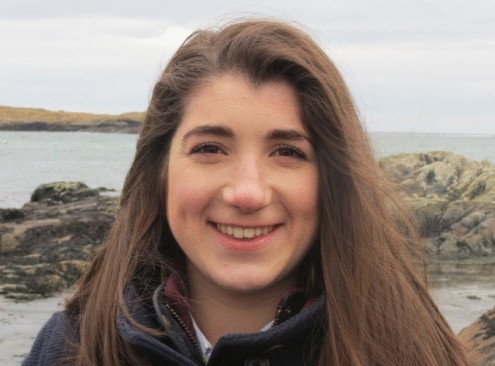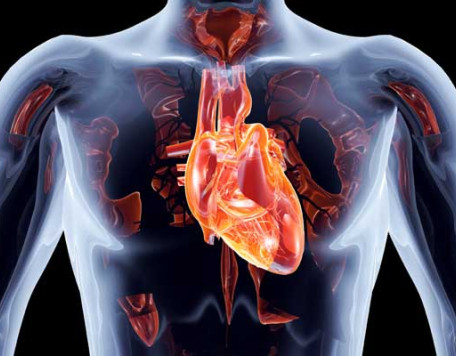© Pint of Science, 2025. All rights reserved.
Proprioception: How Our Body Knows Where It Is
Dr Jo Tomlinson
(Anatomist, Educator and Musculoskeletal Researcher)
How are humans able to walk in the dark, touch-type, or do yoga with their eyes closed? This ability is thanks to a series of receptors and pathways described by Nobel Laureate Sir Charles Scott Sherrington in 1906, which comprise the anatomy of our sixth sense: proprioception. These mechanisms are important for helping us maintain our balance and coordination, but can they be trained or manipulated to optimise performance, prevent complications or restore function?
Dr Jo Tomlinson is an Anatomist, Educator and Musculoskeletal Researcher. She teaches Science and Gateway to Medicine, Dentistry and Veterinary Science at the University of Bristol. While her research focuses on the intersection between musculoskeletal biomechanics and pain, specifically investigating regional neural anatomy to develop solutions that improve quality of life, and public health, while ensuring access to opportunities and personalised management.
Dr Jo Tomlinson is an Anatomist, Educator and Musculoskeletal Researcher. She teaches Science and Gateway to Medicine, Dentistry and Veterinary Science at the University of Bristol. While her research focuses on the intersection between musculoskeletal biomechanics and pain, specifically investigating regional neural anatomy to develop solutions that improve quality of life, and public health, while ensuring access to opportunities and personalised management.

Universal Blood Components – The Way of the Future?
Rhian Edwards
(Biomedical Scientist, NHS Blood and Transplant)
We all have a blood group, the best known being the ABO and Rh blood groups.
Receiving a blood transfusion from a donor that is not compatible can cause a transfusion reaction or even death.
We are looking to develop universal blood components that could be transfused to patients irrespective of their blood group. These components would help to improve the safety of transfusion by reducing the risk of a reaction, speeding up transfusions in emergency situations where the patients’ blood group may be unknown, and simplifying the blood supply chain and decision making in transfusion.
Receiving a blood transfusion from a donor that is not compatible can cause a transfusion reaction or even death.
We are looking to develop universal blood components that could be transfused to patients irrespective of their blood group. These components would help to improve the safety of transfusion by reducing the risk of a reaction, speeding up transfusions in emergency situations where the patients’ blood group may be unknown, and simplifying the blood supply chain and decision making in transfusion.
Bloody Complicated: Rare Blood types And The Quest For A Universal Pint
Blood — we all have it, but not all blood is the same. Inside each red drop of blood lies a surprisingly complex system of blood types which affects who your blood can be given to. In this talk, we’ll dive into what makes red blood cells so vital, what a blood group actually is, why some blood types are very rare and how certain blood types are more universal than others. So you’ll hear about some super rare blood types and cutting-edge science aiming to create a universal cell.

Map data © OpenStreetMap contributors.
Other The Steam Crane events
2025-05-21
A Journey Through the Human Body
The Steam Crane
4-6 North Street, Bristol, BS3 1HT, United Kingdom
2025-05-20
Cancer Innovations
The Steam Crane
4-6 North Street, Bristol, BS3 1HT, United Kingdom



